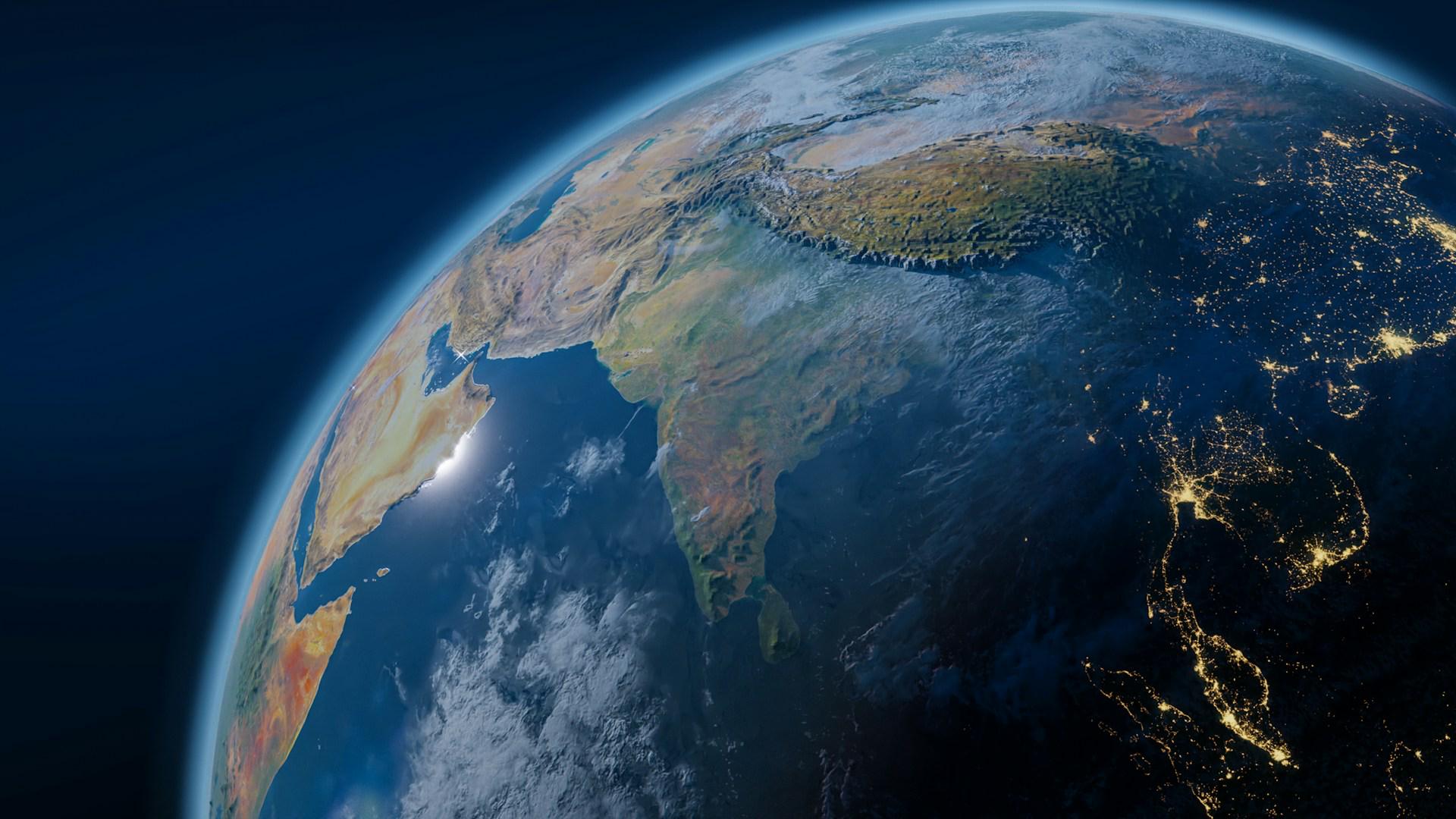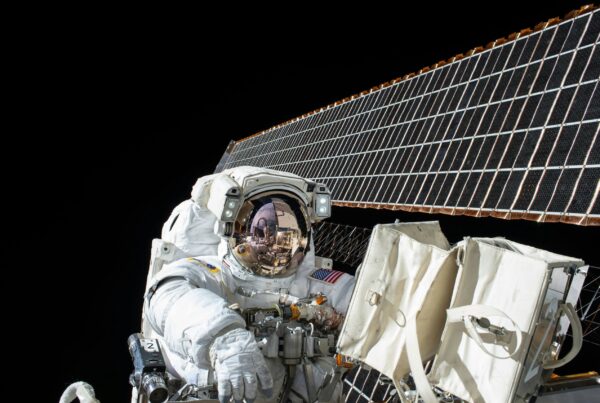Planet Earth, our current home, is a masterpiece of the universe, born from unimaginable cataclysmic events. The beauty and abundant life within it are not a legacy of peaceful times but the result of billions of years of cosmic evolution and a struggle against annihilation. Understanding this planet’s long history provides a profound perspective on how fragile our existence is amidst modern threats.
Earth’s journey began with the death of a giant star in a supernova explosion, which scattered the essential elements of life into the vacuum of space. From this cosmic debris, the solar nebula formed, and gravity slowly gathered the dust and gas. This process of accumulation eventually formed the sun and our Planet Earth about 4.5 billion years ago.
The Cataclysmic Evolution of Planet Earth
In its early stages, Planet Earth had a very different face than it does today. These extreme conditions became the foundation for the life we know, through a series of geological and biological events that shaped a complex ecosystem supporting billions of species.
From Magma Oceans to Oceans of Life
The Hadean Eon, Earth’s initial period, was characterized by a surface covered in roiling magma oceans, a toxic atmosphere, and the absence of land or oxygen. It was an era devoid of life, a planet constantly bombarded by asteroids. Yet, amidst this chaos, a crucial event occurred. A massive collision between Earth and a Mars-sized protoplanet named Theia is believed to have created the Moon, our natural satellite that now plays a vital role in stabilizing Earth’s rotational axis.
Gradually, the planet’s surface began to cool, forming a thin, fragile crust. Water vapor trapped in the atmosphere condensed and fell as rain for millions of years, filling vast basins to form the primordial oceans. This new environment, though still extreme, became the cradle for the emergence of life. It was a transition from a ball of fire to a water world with the potential to foster life.
The Rise of Life: From Microbes to Dinosaurs
About 4 billion years ago, Earth entered the Archean Eon, an era marking the birth of life. In the depths of the ancient seas, single-celled microorganisms known as prokaryotes began to appear and multiply. One of the most significant groups of microbes was cyanobacteria, which revolutionized the planet with their ability to perform photosynthesis, a process that produces oxygen as a byproduct.
The accumulation of oxygen in the atmosphere over millions of years led to the Great Oxygenation Event, changing the chemical composition of the atmosphere and paving the way for more complex life forms. This event enabled the emergence of eukaryotic cells, and by the end of the Proterozoic Eon, the first multicellular life began to appear. About 540 million years ago, the Paleozoic Era began with the “Cambrian explosion,” where marine life evolved at an extraordinary rate. Life then started to venture onto land, before the era ended with the Permian mass extinction. From the ashes of that extinction rose the Mesozoic Era, the age of dinosaurs, which also ended tragically due to an asteroid impact about 66 million years ago.
Modern Threats and the Future of Planet Earth
The mass extinction of the dinosaurs opened a new chapter in Earth’s history: the Cenozoic Era, where mammals thrived, and eventually, humans emerged as a dominant force. However, with this dominance came new threats, largely originating from our own hands.
Humanity’s Destructive and Geological Force
The Cenozoic Era became the age of mammals. During the Pleistocene Epoch, amidst a series of ice ages, the genus Homo began to appear. About 300,000 years ago, our species, Homo sapiens, started spreading from Africa, demonstrating remarkable adaptability and innovation. The end of the last ice age around 11,000 years ago marked the beginning of the Holocene Epoch, during which human civilization grew rapidly and began to alter Planet Earth on a massive scale. This phenomenon has even led some scientists to call this era the Anthropocene, an age where humans have become the greatest geological force.
However, this power also brings threats. In the modern era, Earth faces more dangerous challenges, no longer just from volcanic eruptions or asteroids, but from human activities. Nuclear weapons, for example, have the power to destroy civilization, while climate change caused by deforestation, pollution, and greenhouse gas emissions is leading to rapid species extinction and widespread ecosystem damage.
Natural Disasters and the Fragility of Life
Although Planet Earth is no longer covered in oceans of lava, it remains prone to devastating natural disasters. The potential for a supervolcano eruption, like Yellowstone, remains a serious threat that could trigger a global volcanic winter. Furthermore, massive earthquakes, global tsunamis, and the impacts of climate change such as rising temperatures, melting polar ice, stronger storms, and extreme droughts are becoming an increasingly frequent reality.
Moreover, global pandemics have shown just how fragile human life is, even in the midst of advanced technology. New viruses can emerge at any time, threatening the health and stability of civilization. This situation highlights the need for vigilance and global cooperation in facing threats that know no geographical boundaries. The latest data on climate change can be accessed through reports from the Intergovernmental Panel on Climate Change (IPCC) as a credible external source.
Overall, Planet Earth is a priceless gift that will not last forever if we do not protect it. Humans have a great responsibility as guardians, not destroyers. The future of the Earth, and the life upon it, is now in our hands. This serves as a reminder that although our civilization has achieved incredible technological progress, our survival is deeply dependent on the balance of nature. Understanding the existing threats is the first step toward taking action. To delve deeper into humanity’s role in safeguarding Earth’s sustainability, don’t miss other relevant articles at Insimen.









